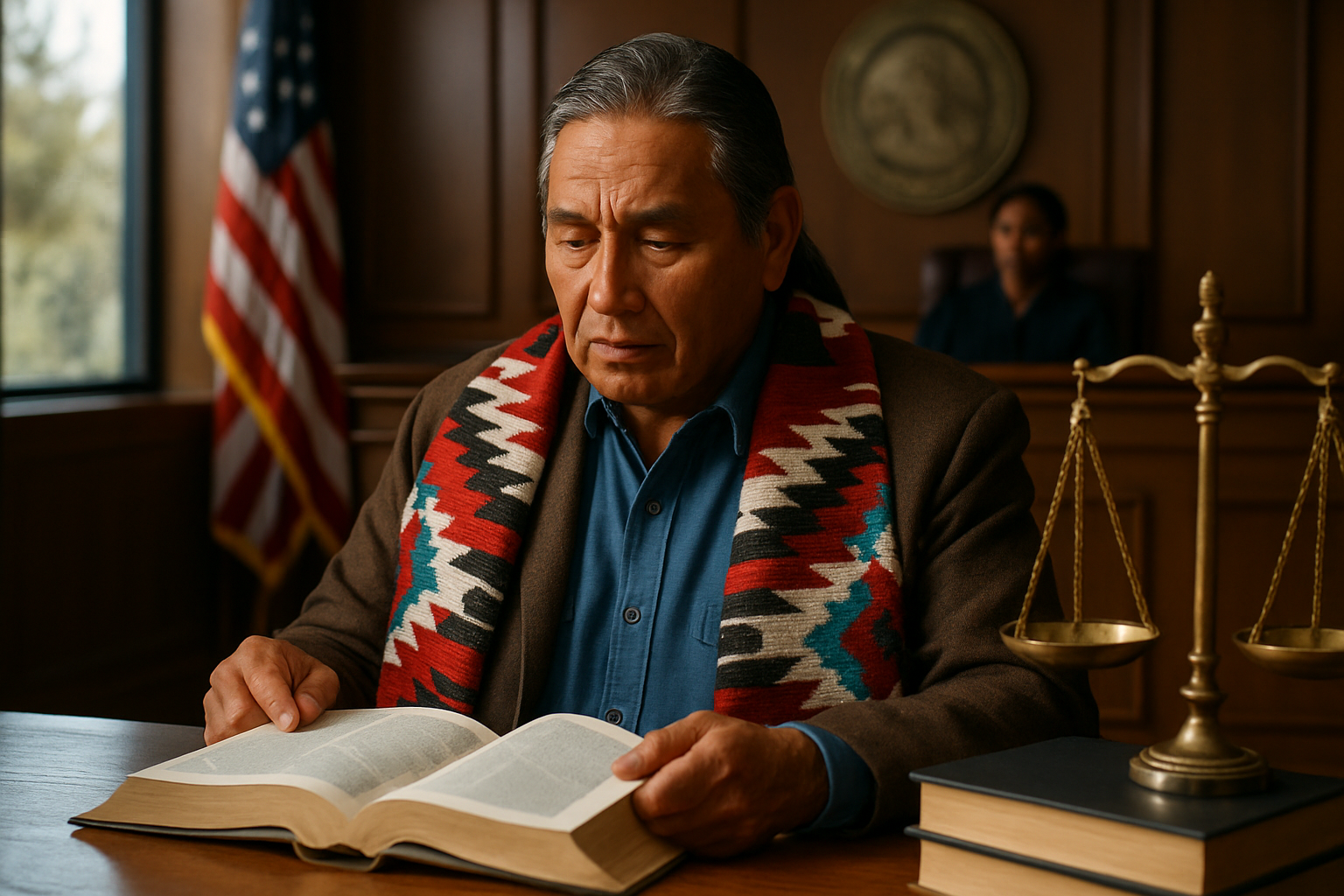Tribal Sovereignty and Environmental Regulation
Introduction: In the complex landscape of American law, the intersection of tribal sovereignty and environmental regulation presents a unique challenge. This article explores the evolving legal framework governing Native American tribes' authority over environmental matters within their territories, examining recent developments and their far-reaching implications.

The Clean Air Act and Tribal Authority
One of the most significant developments in tribal environmental regulation came with the 1990 amendments to the Clean Air Act. These amendments included provisions allowing tribes to be treated as states for certain regulatory purposes, granting them the authority to develop and implement air quality standards on their lands. This marked a pivotal shift, recognizing tribes’ capacity to manage environmental issues and setting a precedent for future legislation.
Water Rights and the Winters Doctrine
Water rights have been a contentious issue in tribal environmental regulation. The Winters Doctrine, established by the Supreme Court in 1908, affirmed that when the federal government created Indian reservations, it implicitly reserved water rights for the tribes. This doctrine has been central to numerous legal battles over water allocation, particularly in the arid Western states. Recent court decisions have expanded on this principle, reinforcing tribal authority over water resources and their role in broader watershed management.
Challenges in Implementing Tribal Environmental Programs
Despite legal recognition of tribal environmental authority, implementation often faces significant hurdles. Many tribes lack the financial resources or technical expertise to develop comprehensive environmental programs. Additionally, jurisdictional conflicts with state and local governments can complicate enforcement efforts. Recent federal initiatives have aimed to address these challenges, providing funding and technical assistance to support tribal environmental management capacity.
The Impact of Climate Change on Tribal Lands
Climate change has emerged as a critical concern for many Native American tribes, with disproportionate impacts on tribal lands and resources. This has led to innovative legal approaches, with some tribes asserting their sovereign authority to implement climate adaptation and mitigation strategies. Recent cases have explored the extent to which tribes can regulate off-reservation activities that contribute to climate change impacts on their lands, potentially expanding the scope of tribal environmental jurisdiction.
The Future of Tribal Environmental Regulation
As environmental challenges become increasingly complex and global in nature, the role of tribal governments in environmental regulation is likely to evolve further. Recent legal trends suggest a growing recognition of tribal expertise in environmental management and the importance of incorporating traditional ecological knowledge into regulatory frameworks. This shift may lead to more collaborative approaches between tribal, state, and federal authorities in addressing environmental issues that transcend jurisdictional boundaries.
The intersection of tribal sovereignty and environmental regulation represents a dynamic and evolving area of American law. As tribes continue to assert their authority over environmental matters, and as courts and legislatures grapple with the complexities of this issue, we can expect to see further developments that reshape the landscape of environmental governance in Indian Country. This ongoing legal evolution not only impacts the well-being of Native American communities but also has broader implications for environmental protection and the balance of power between different levels of government in the United States.





